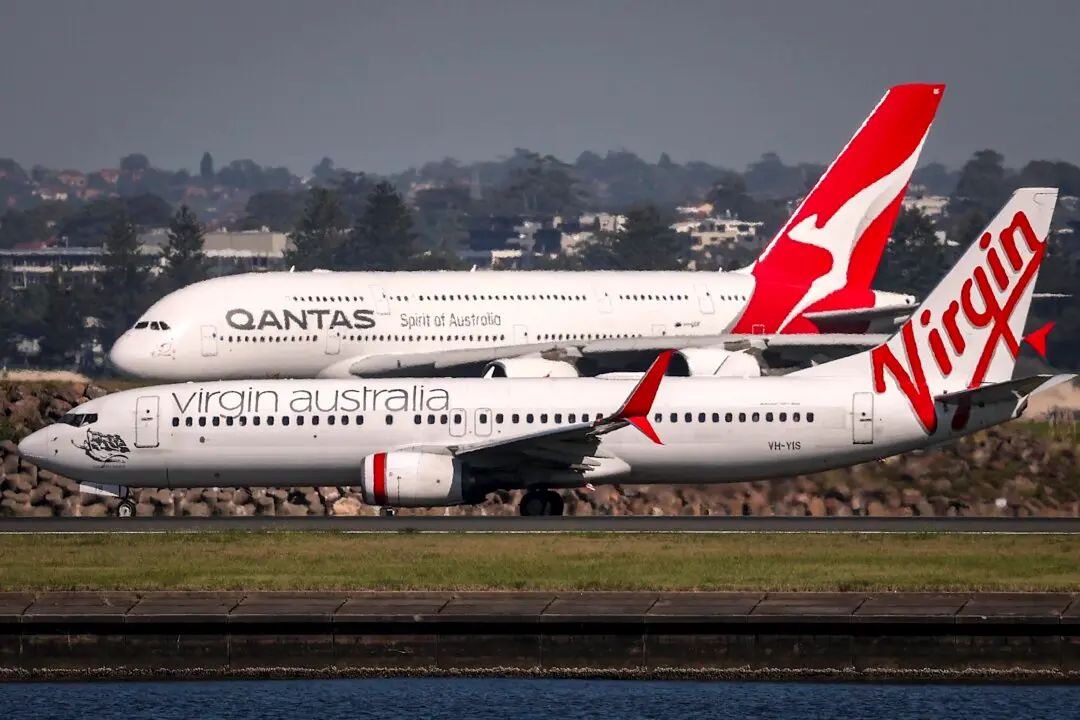Australian universities are calling for wholesale reforms to the country’s immigration system including one proposal for a U.S.-style green card.
The peak body said overseas research students needed to wait up to three years to have their visa application processed.
At the same time, less than a third of international graduates apply for work visas after completing their study programs in Australia.
Universities Australia CEO Catriona Jackson said while hundreds of thousands of international students enrolled to study in the country each year, only 16 percent obtained permanent residency.
The CEO said the figures were not surprising as there were many issues with the current migration program, such as extended wait times, a lack of transparency on visa application status, and migration policy uncertainty.
“It deters rather than encourages the talented people we need.”
To tackle the problem, Universities Australia recommended the government automatically grant temporary graduate visas to eligible overseas students who complete their studies and develop a reporting protocol to provide students and related parties with up-to-date information about visa application status.
In addition, it proposed that the federal government establish a priority system similar to the green card in the United States to make Australia’s system more agile and flexible.
Another recommendation was to improve and simplify pathways into Australia for academic talent and exempt them from the skills assessment process.
Migration System Under Review
Submissions are coming in as part of Home Affairs Minister Clare O'Neil review of the country’s migration system in September calling on the public to contribute their insight.It also hinted at other major changes to the system, including a simplification of visa categories and the possibility of abolishing permanent visa pathways for wealthy foreigners.
Calls to Target Young Skilled Migrants
Meanwhile, a submission by the Grattan Institute said that Australia could see an improvement in living standards, productivity growth, and the federal budget’s bottom line by granting more permanent resident visas to younger and higher-skilled migrants.In the report, the Institute pointed out that only a quarter of the 1.4 million permanent visas issued in the past decade were granted to skilled migrants, while the rest came via the family and humanitarian streams.

It said while the figures portrayed the diverse objectives of the country’s migration program, the government should use permanent skilled visas to attract younger, higher-skilled migrants rather than address labour shortages with temporary skilled migrants.
The think tank explained that young permanent skilled migrants could maximise the well-being of the Australian community due to their long-term economic potential.
For instance, permanent skilled migrants arriving in Australia in their 20s and 30s are likely to stay in the workforce for 30 to 40 years and contribute more to the economy with their skills and experience.

In comparison, while temporary skilled migrants can help fill worker shortages, they also compete with younger, higher-skilled migrants for permanent residency, as data shows one in four permanent skilled visas go to temporary skilled visa-holders.
Furthermore, the Institute said increasing intake of less-skilled migrants to tackle labour shortages could increase the risk of undercutting wages and exploitation in many industries.
Abolishing Business Investment and Innovation Program
Another key recommendation by the Institute was to scrap the Business Investment and Innovation Program (BIIP), which attracts older and less-skilled migrants allowing them into the country to operate existing or new businesses.The report showed that BIIP visa holders earned very low incomes and were less likely to work compared to skilled migrants.
Specifically, according to Census 2016, an average BIIP visa holder earned around $25,000 (US$16,700) a year, while an average skilled worker reported an annual income of $64,000.

Meanwhile, BIIP visa holders also have lower skills, as over 60 percent do not have a higher education.
In comparison, one in three skilled migrants holds postgraduate qualifications, and another half have a bachelor’s degree.
In terms of financial benefits, the report stated that each independent skilled permanent migrant contributes a net gain of $390,000 to the Australian community, while each BIIP permanent migrant costs taxpayers $120,000 over their lifetime in Australia.





